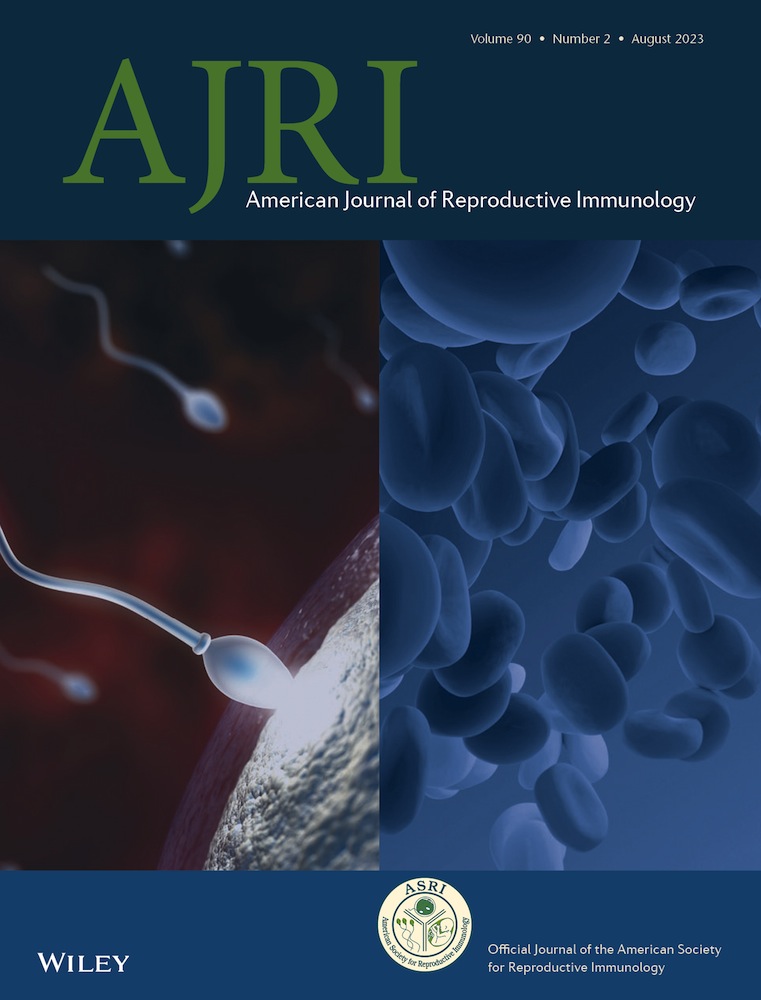Impact of antibiotic cured chronic endometritis on perinatal outcomes: Re-evaluation of a cohort study with a detailed follow-up
Qingyan Zhang and Guoxia Yang contributed equally to this work and co-first authors.
Abstract
Problem
The impact of antibiotic-cured chronic endometritis (CE) on perinatal outcomes of patients conceived with frozen embryo transfer (FET) was unclear.
Method
This study was to re-evaluate the perinatal outcomes of a cohort of infertile patients who had undergone endometrial biopsy for CE detection from February 2018 to December 2019 and successfully delivered babies after FET. The study population was divided into two groups: the non-CE (NCE) group (0-4/HPF CD138) and the cured-CE (CCE) group (CD138+/HPF≥5 and has been cured after one or two rounds of antibiotic treatment). For subgroup analysis, the NCE group was further divided into subgroup 1 (CD138+/HPF = 0), subgroup 2 (CD138+/HPF = 1-4 with antibiotic treatment), and subgroup 3 (CD138+/HPF = 1-4 without antibiotic treatment)
Results
A total of 321 live births, including 210 in the NCE group and 111 in the CCE group were analyzed. The prevalence rates of premature rupture of the membrane and preterm birth were comparable between NCE and CCE (6.2% vs. 7.1% and 10.8% vs. 10.1%, respectively) groups. In addition, no differences were detected in the rates of placenta-mediated complications, such as preeclampsia, placenta abruption, or low birthweight. Multiple logistic analyses confirmed that CCE was not associated with an increased risk of any adverse perinatal outcomes. Subgroup analysis in NCE failed to find any significant differences in the incidences of obstetrical and neonatal complications.
Conclusions
CCE might not increase the risks of adverse perinatal outcomes after antibiotic treatment.
CONFLICT OF INTEREST STATEMENT
The authors declared no potential conflicts of interest.
Open Research
DATA AVAILABILITY STATEMENT
The datasets used and analyzed during the current study available from the corresponding author on reasonable request.




